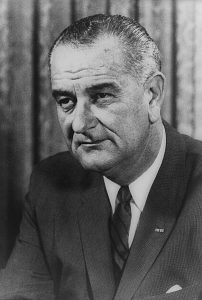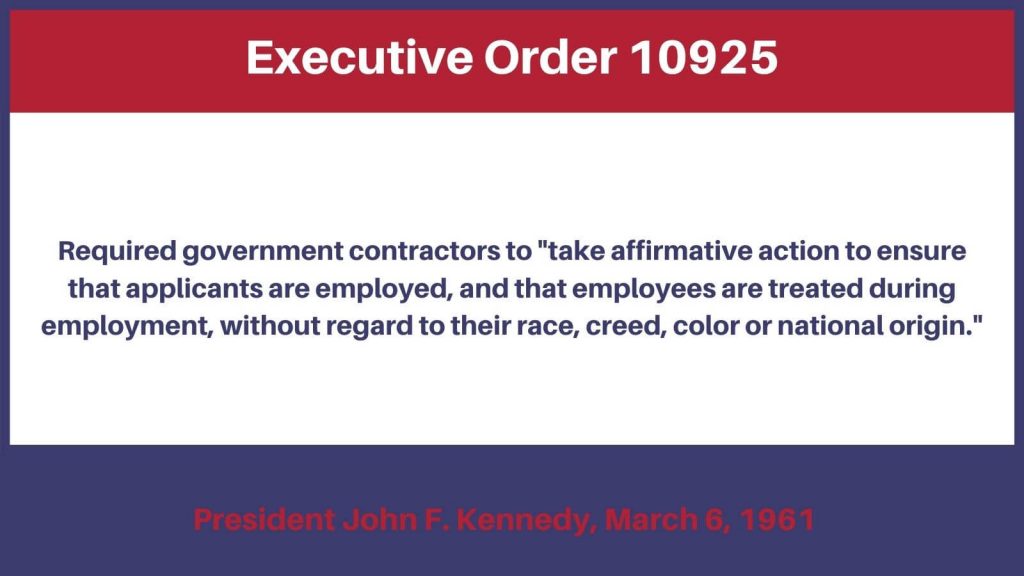On August 19, 2022, the Office of Federal Contract Compliance Programs (OFCCP) received a Freedom of Information Act (FOIA) request from a journalist with the Center for Investigative Reporting. This request was for disclosure of EEO-1 Type 2 Consolidated Report data filed by federal government contractors and subcontractors between 2016-2020. The OFCCP is offering covered employers an opportunity to prevent their company’s reports from being made public. But the time available to object to the OFCCP data disclosure is limited.
Freedom of Information Act
The U.S. Freedom of Information Act allows the public to request records from federal agencies. The government must provide available records, subject to various exceptions.
FOIA Exemption 4 protects from disclosure: “trade secrets and commercial or financial information obtained from a person [that is] privileged or confidential.” 5 U.S.C. § 552(b)(4).
EEO-1 Type 2 Reports
All private sector employers with 100 or more employees and federal contractors with 50 or more employees meeting certain criteria must file EEO-1 reports annually. These reports provide the federal government demographic workforce data, including data by race/ethnicity, sex, and job categories.
EEO-1 Type 2 reports pertain to employers with multiple establishments. Through these reports, employers submit annual demographic data for all U.S.-based employees across their locations. Employers with only a single establishment typically would file the EEO-1 “Type 1” report.
The pending request FOIA request is limited to Type 2 reports. Accordingly, the OFCCP is not planning to provide data for single-establishment contractors.
Objections to OFCCP Data Disclosure
To protect trade secrets and other potentially sensitive commercial and financial information, the OFCCP is permitting contractors to file an objection to the FOIA request. After an initial deadline of September 19, 2022, the OFCCP is now accepting opt-out requests through October 19, 2022. Subject contractors who don’t object within this time frame will be assumed to have no objections to disclosing their company’s demographic data.
The OFCCP suggests that contractors address the following questions in any objections:
- Do you consider information from your EEO-1 Report to be a trade secret or commercial information? If yes, please explain why.
- Do you customarily keep the requested information private or closely held? If yes, please explain what steps have been taken to protect data contained in your reports, and to whom it has been disclosed?
- Do you contend that the government provided an express or implied assurance of confidentiality? If yes, please explain. If no, skip to the next question.
- If you answered “no” to the previous question, were there expressed or implied indications at the time the information was submitted that the government would publicly disclose the information? If yes, please explain.
- Do you believe that disclosure of this information could cause harm to an interest protected by Exemption 4 (such as by causing genuine harm to your economic or business interests)? If yes, please explain.
To facilitate written objections to the request, the OFCCP has created a Submitter Notice Response Portal.
Additional information for covered contractors is available through the OFCCP’s Submitter Notice Response Portal Frequently Asked Questions.
To receive updates on employment law insights and developments, sign up for our email newsletter and follow Horton Law on LinkedIn.








You must be logged in to post a comment.